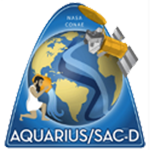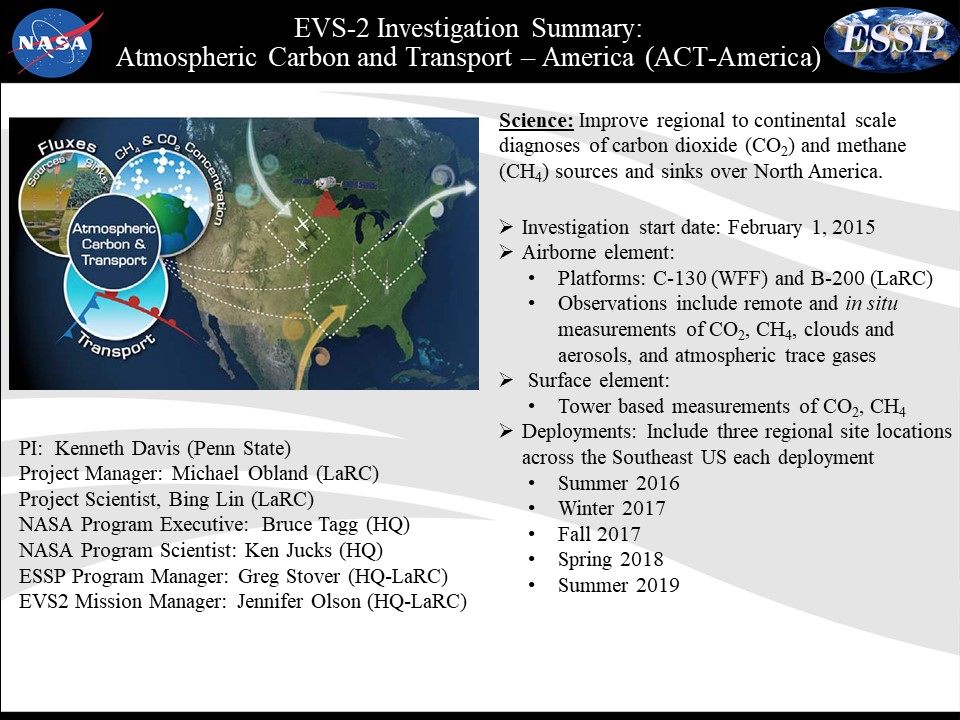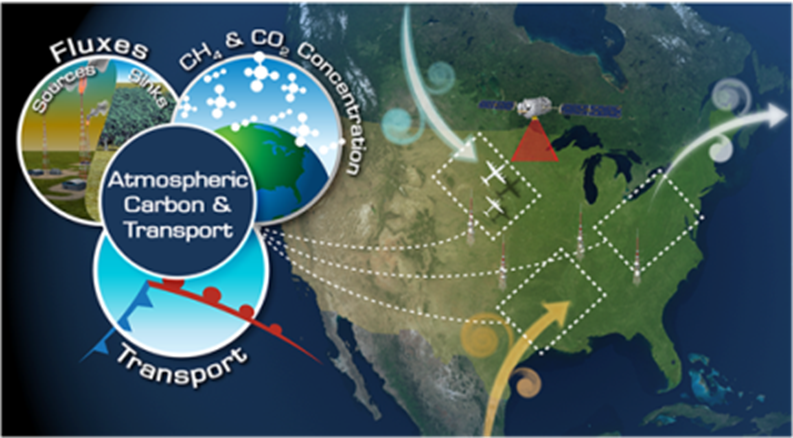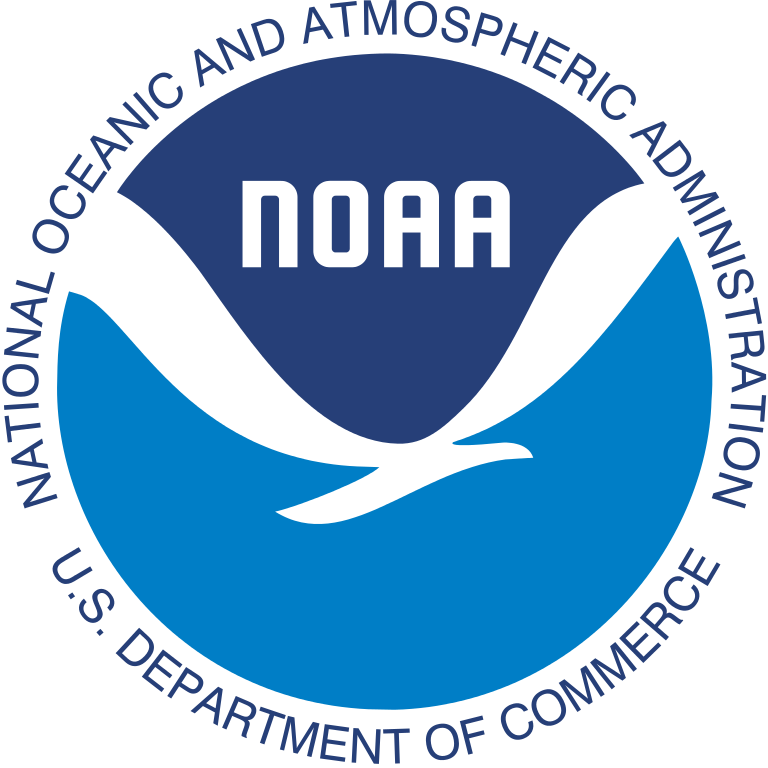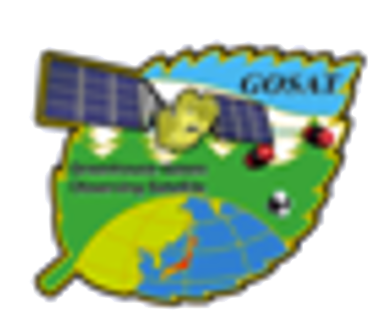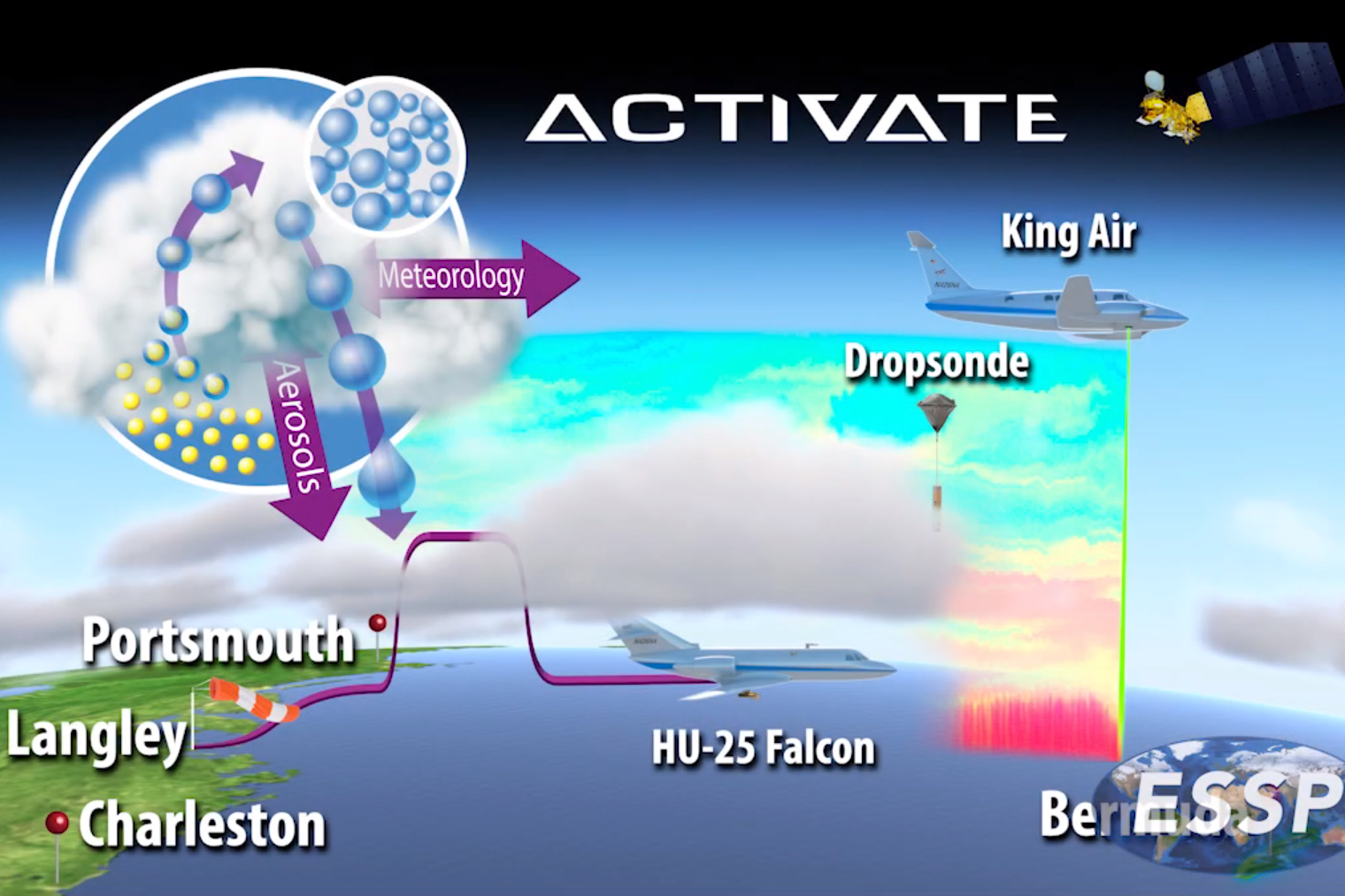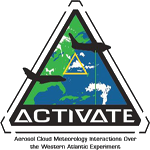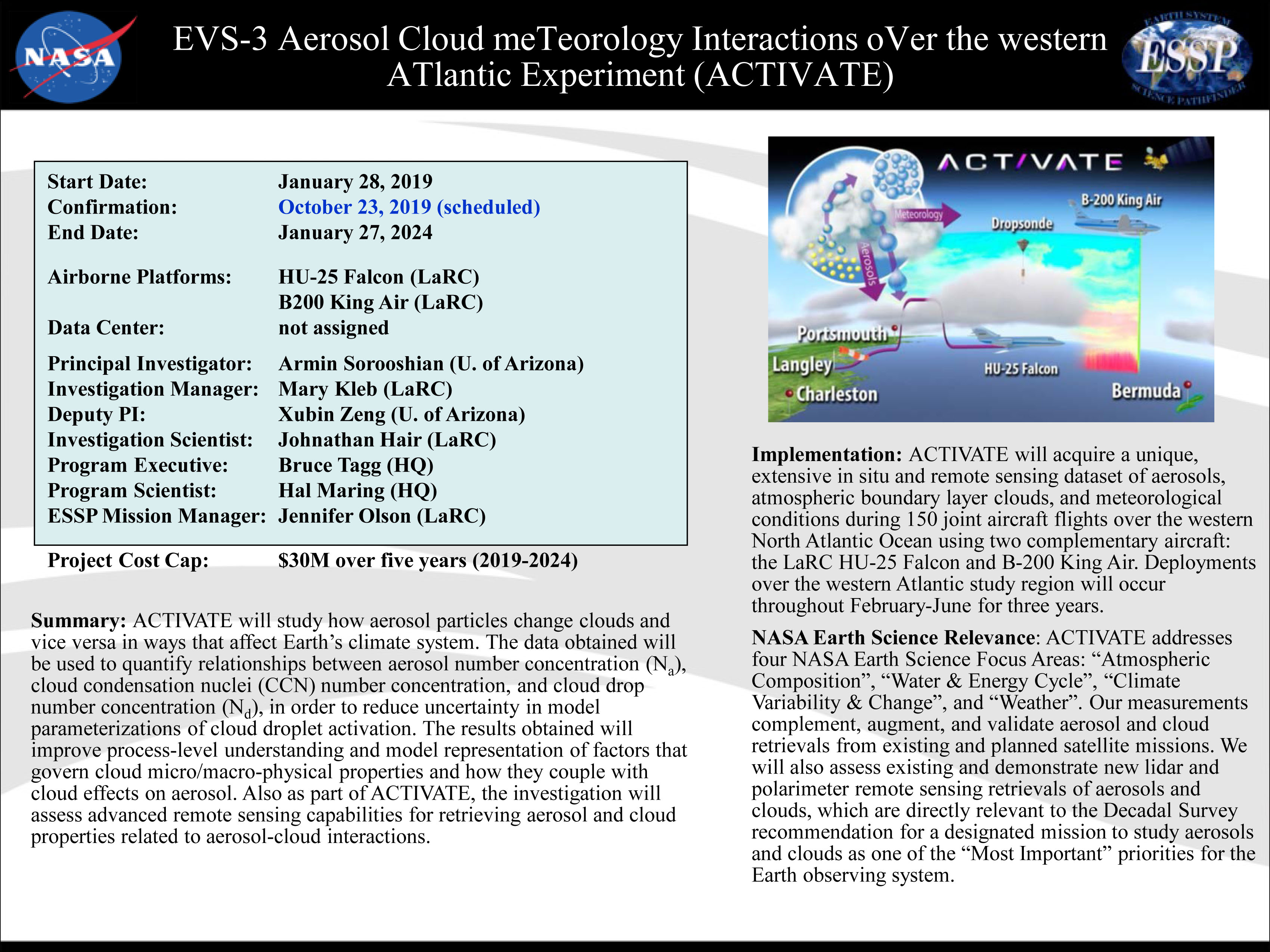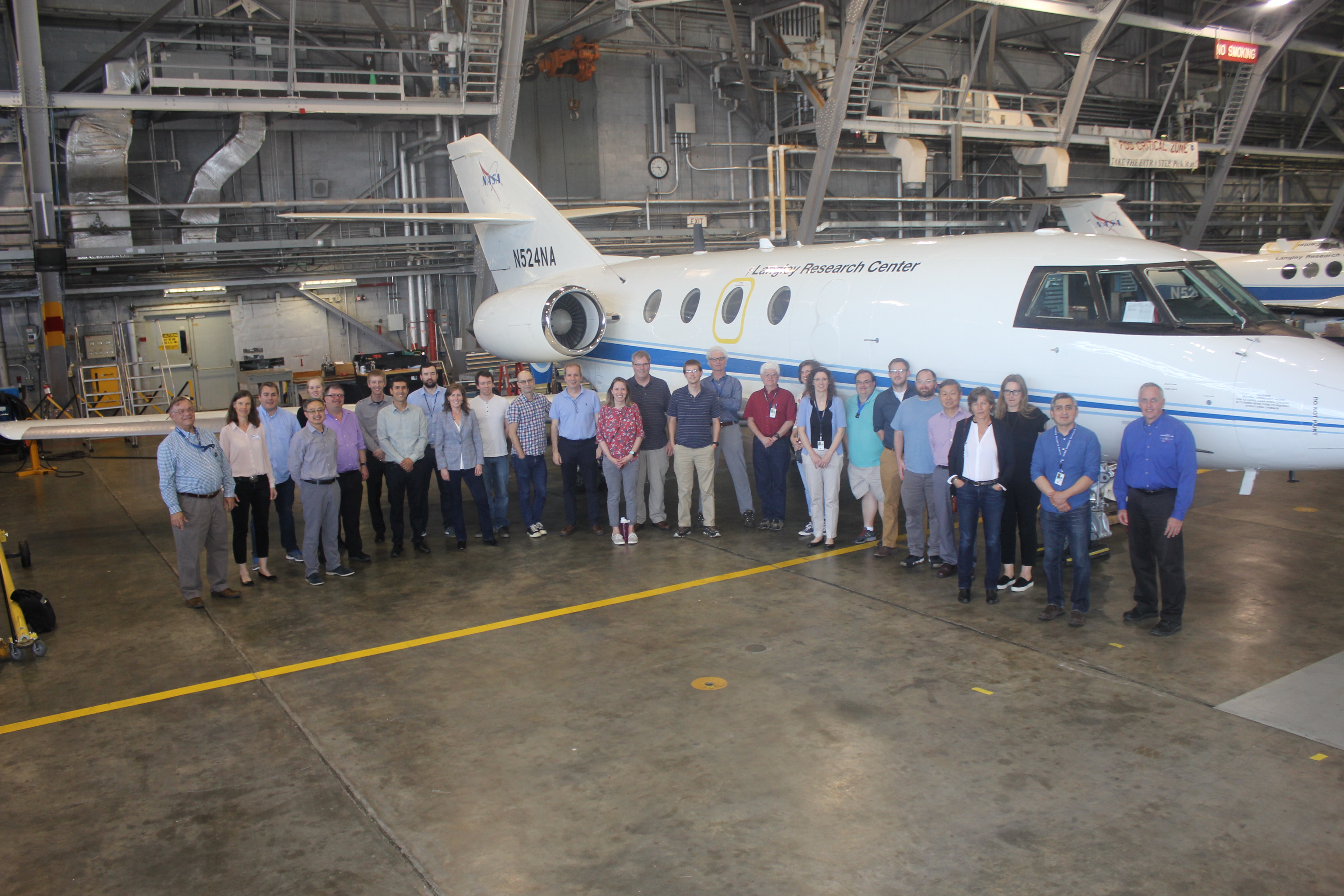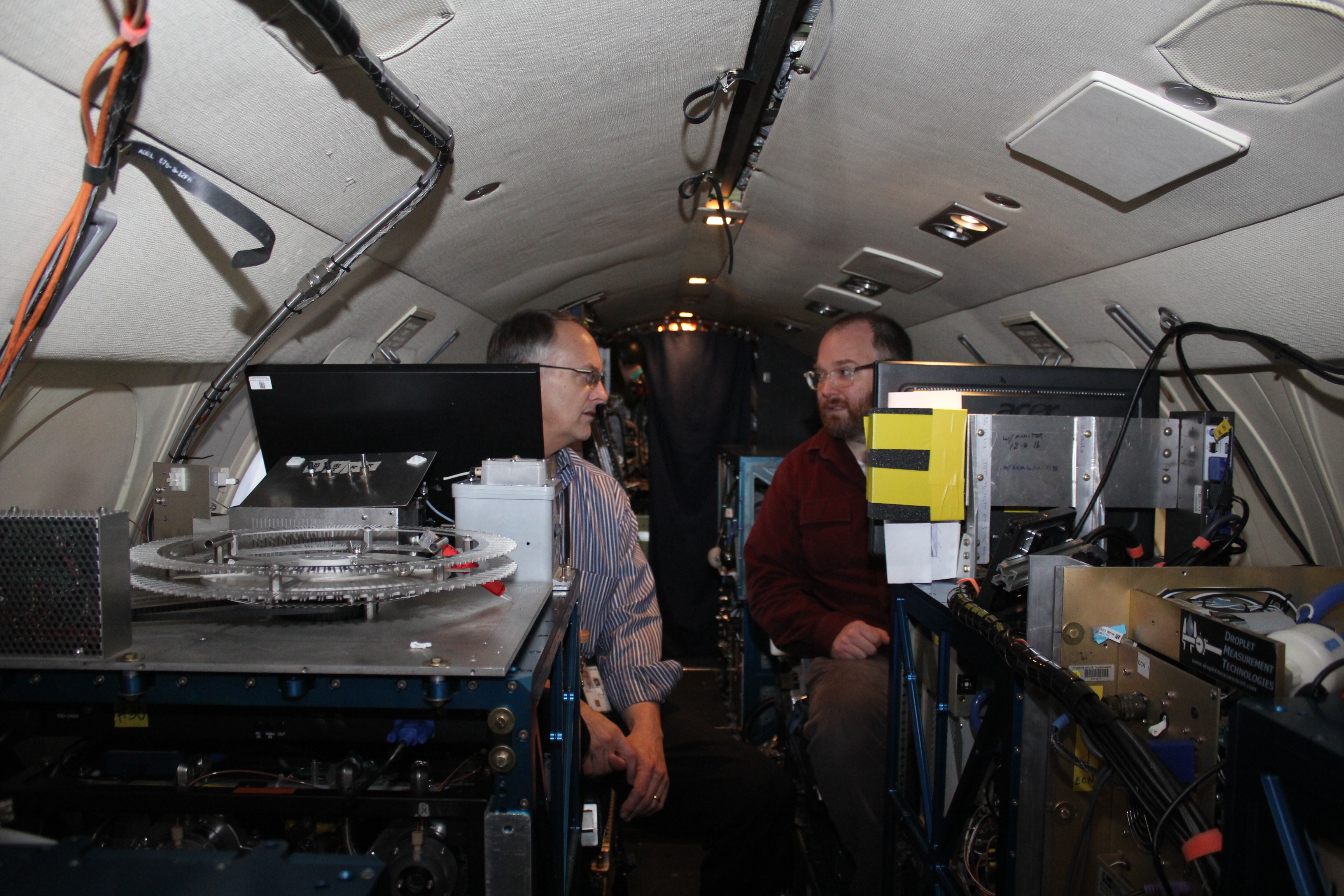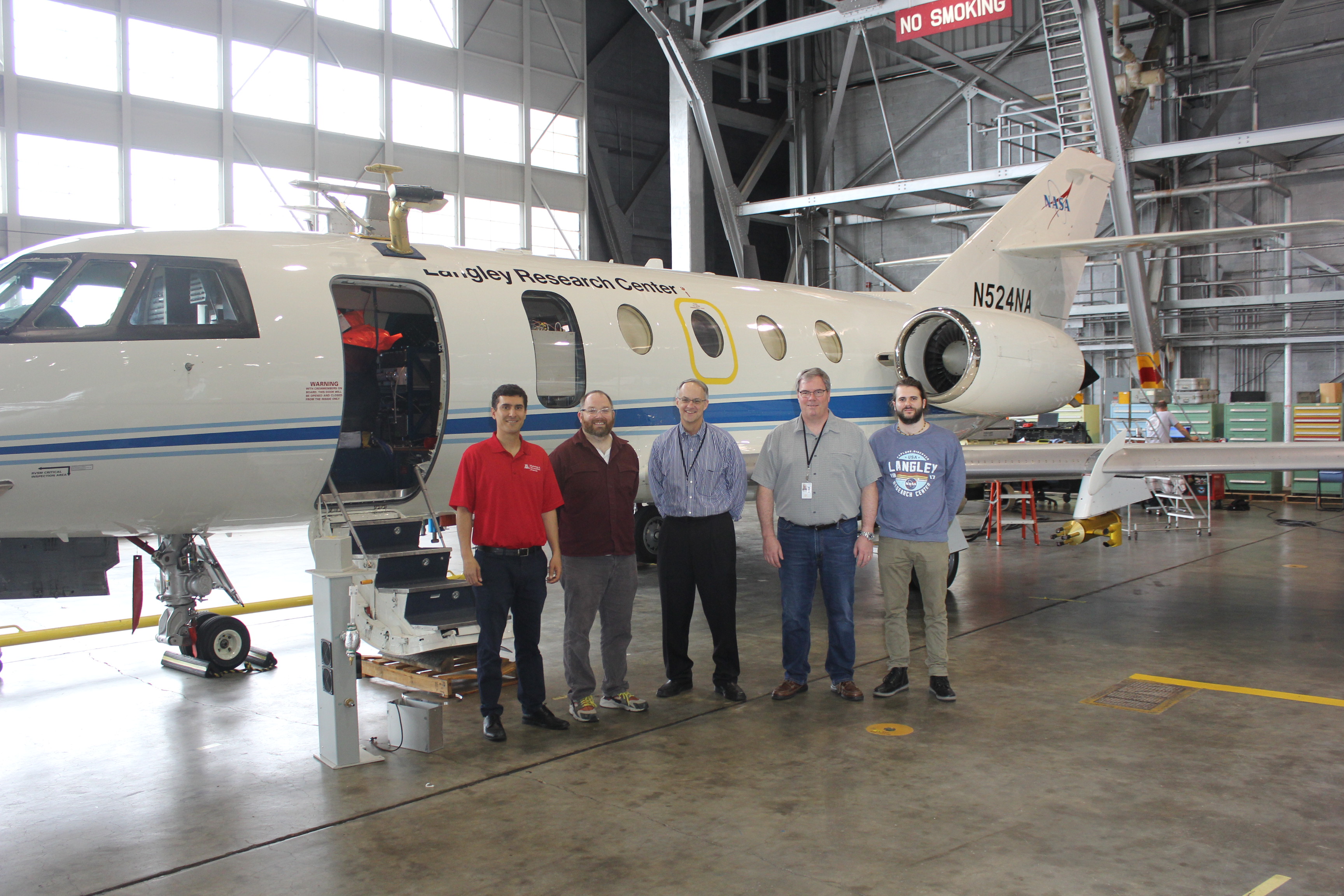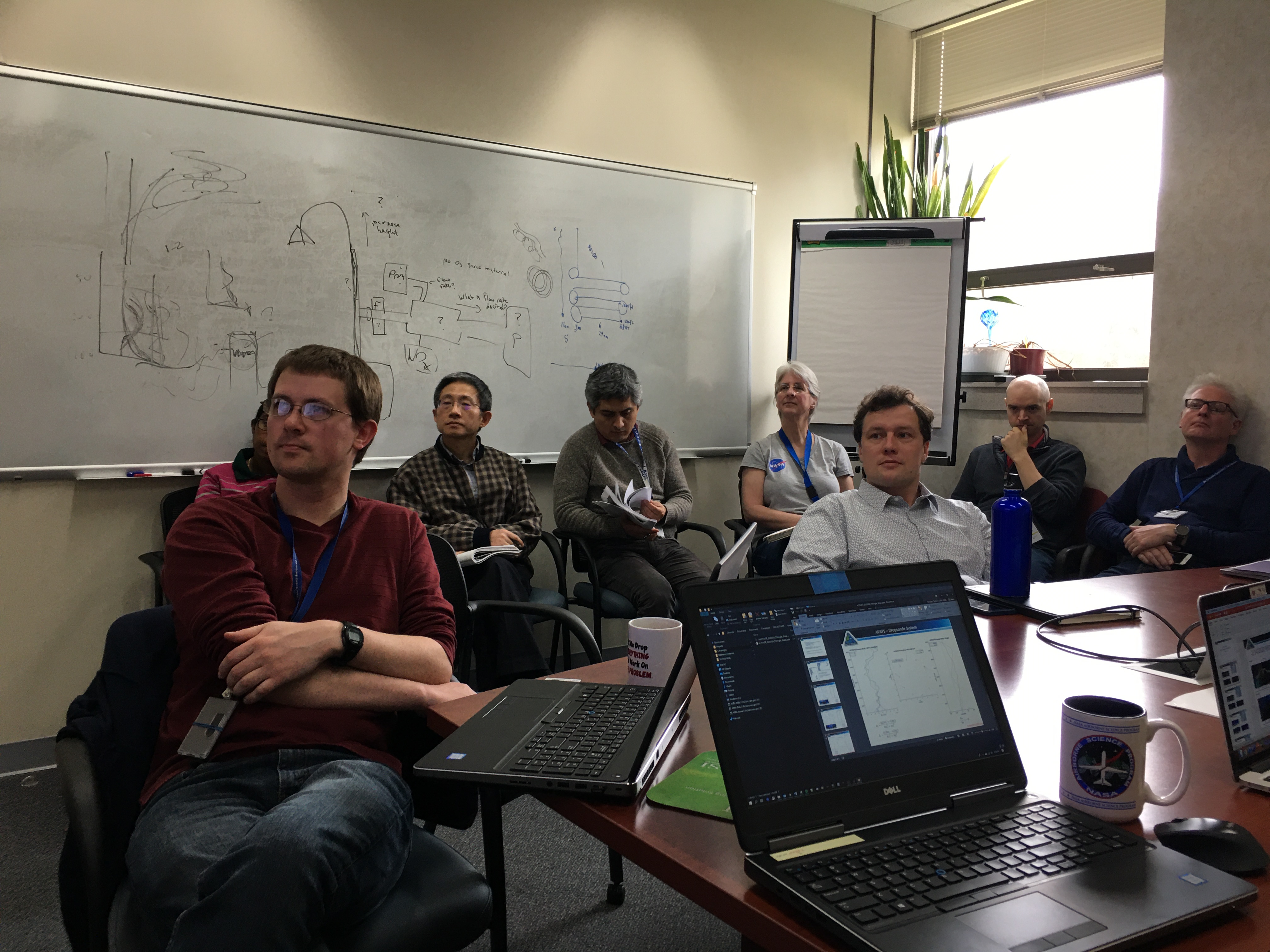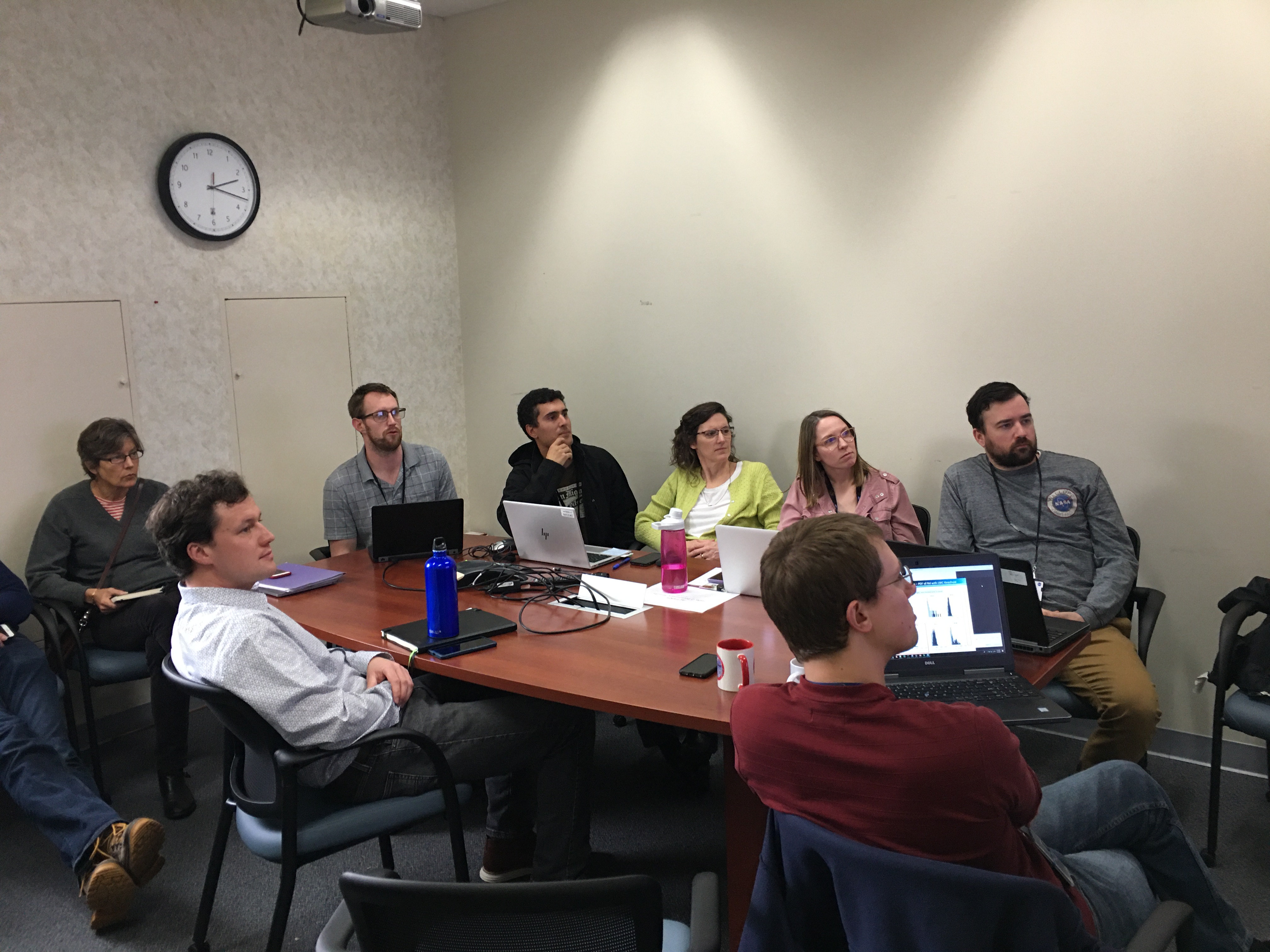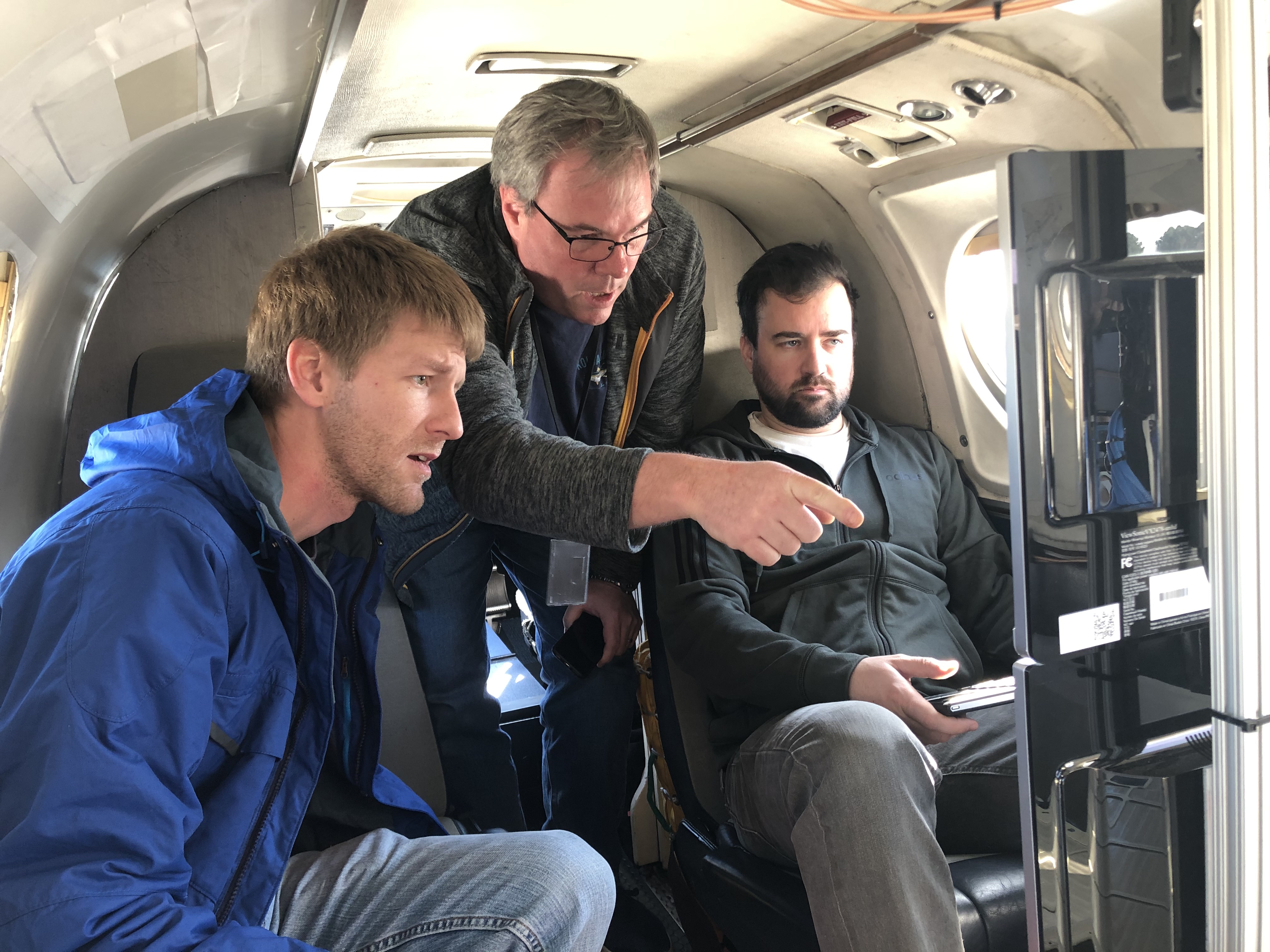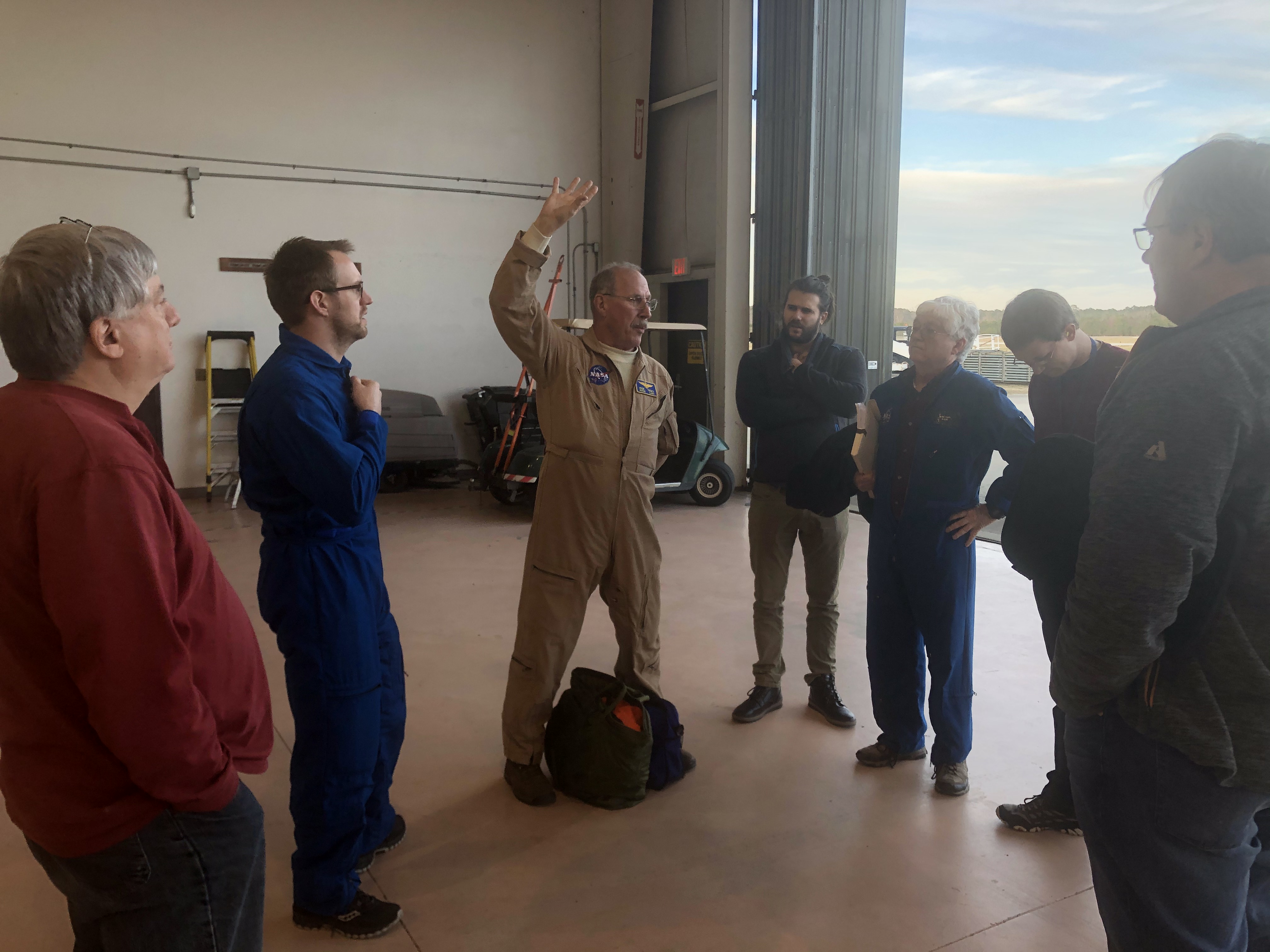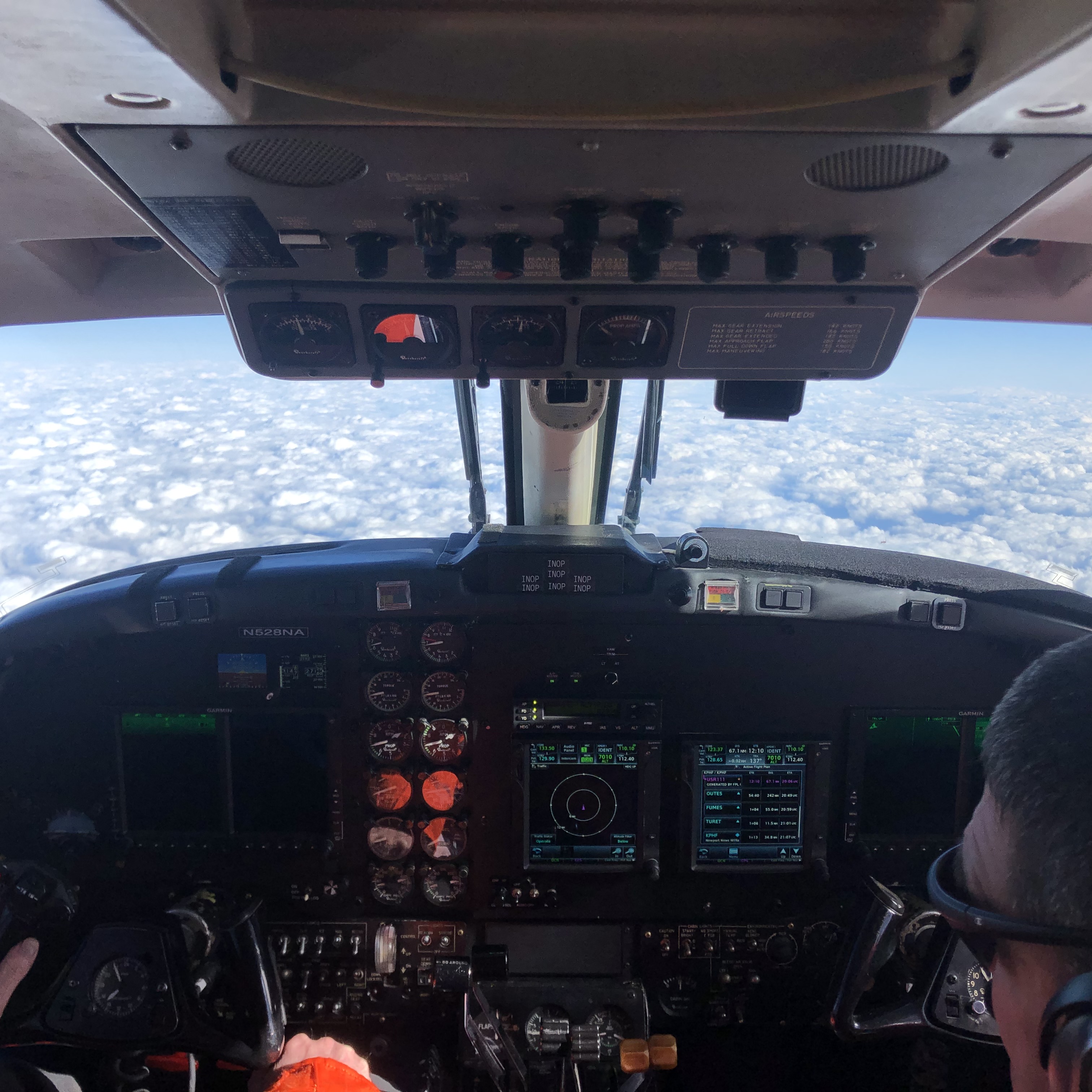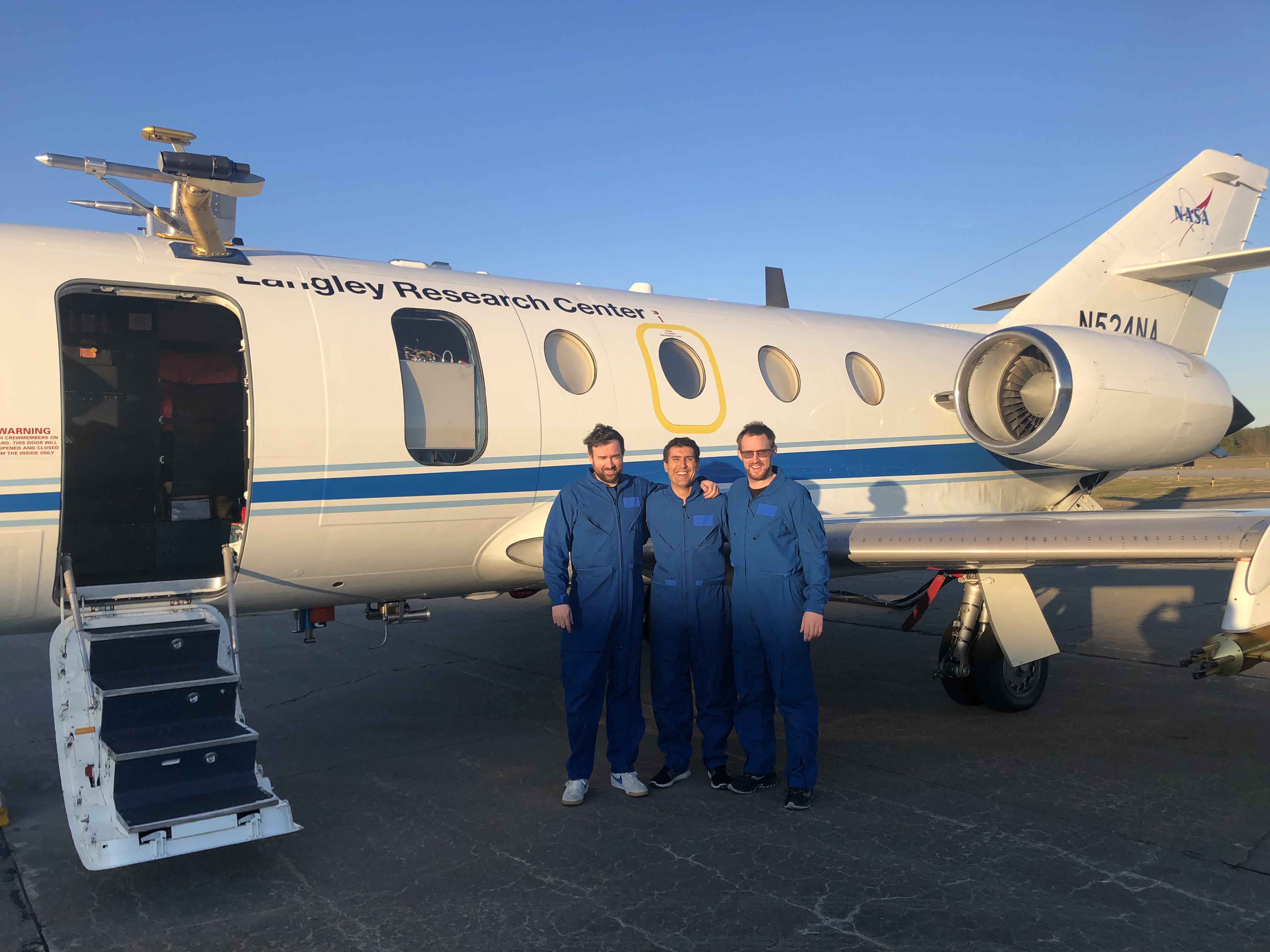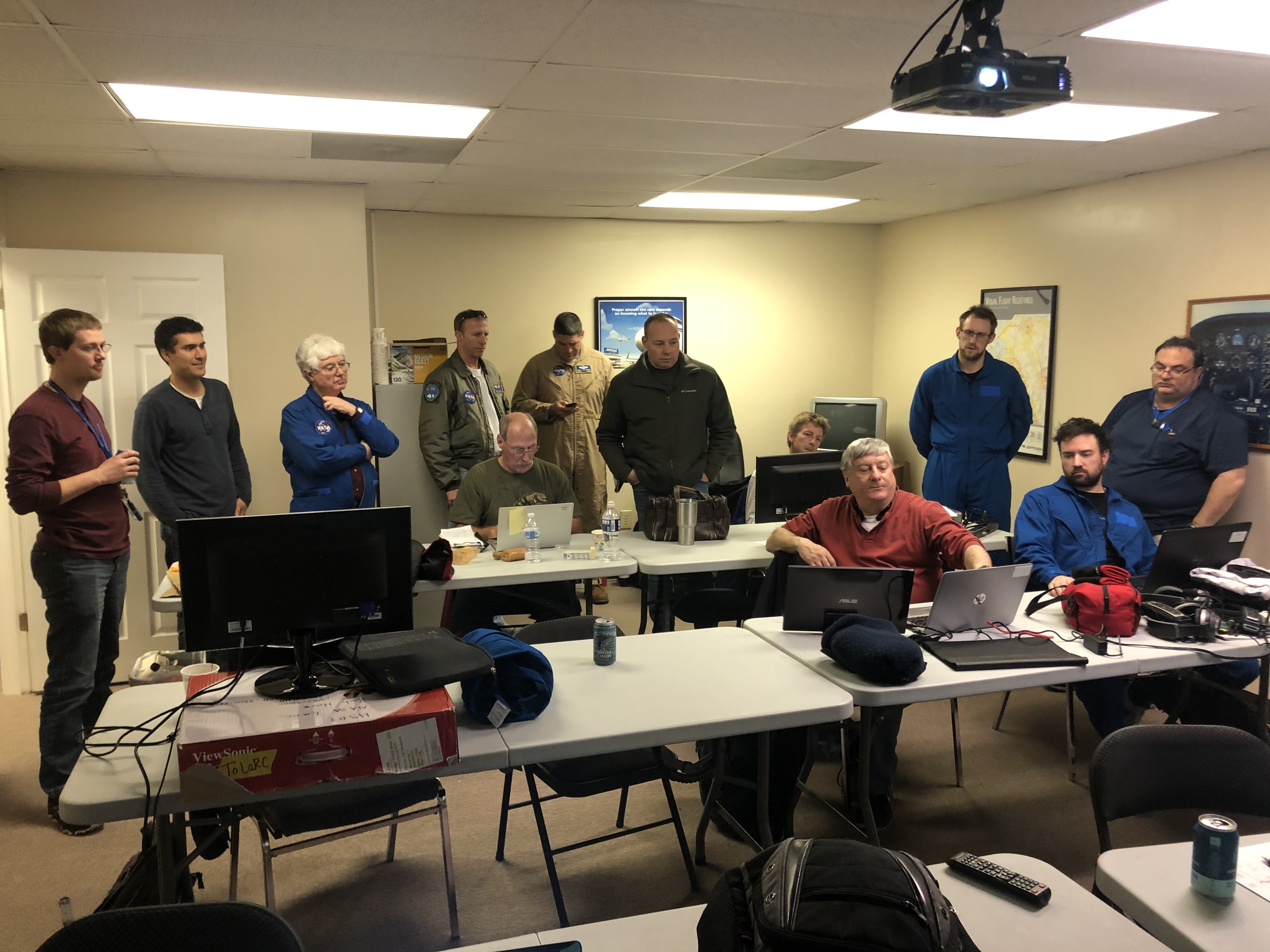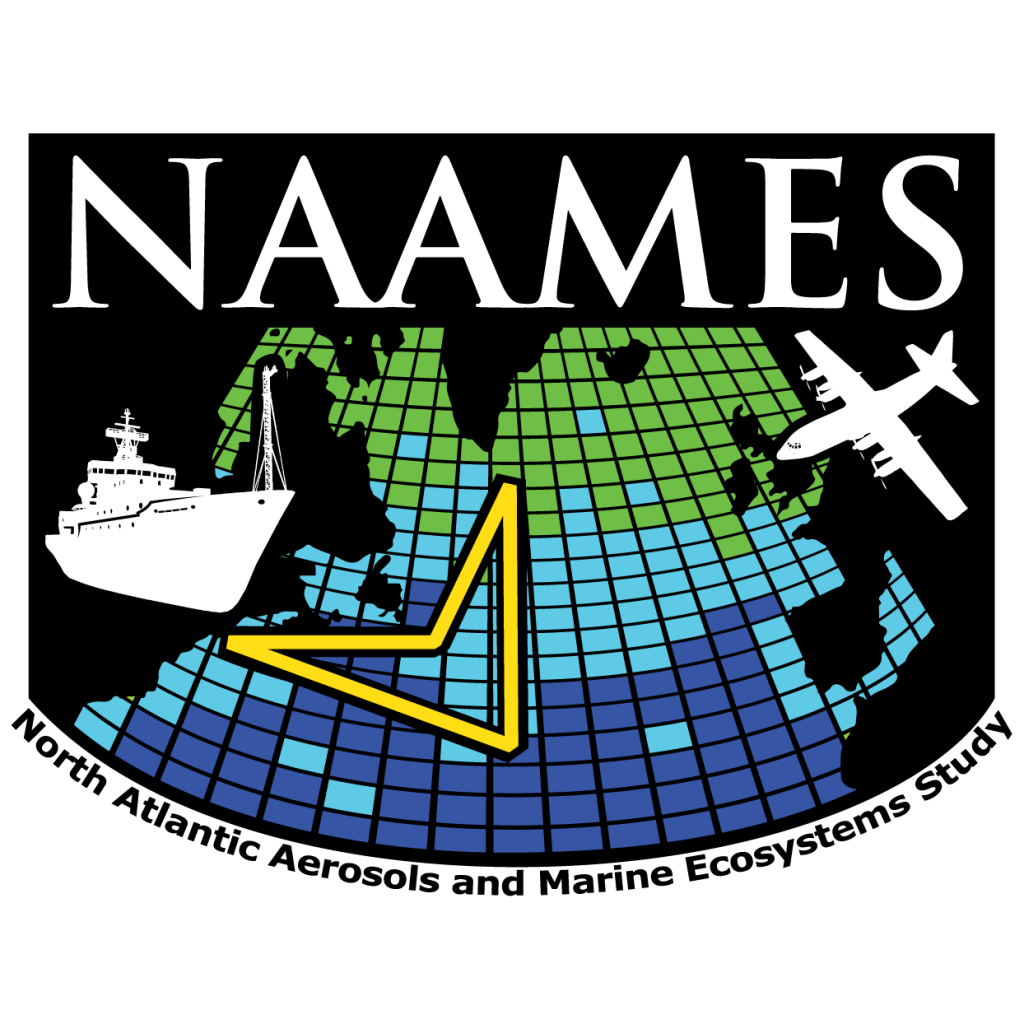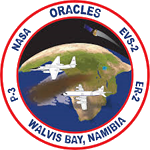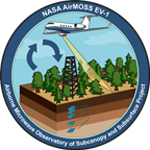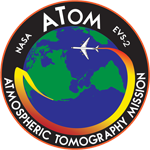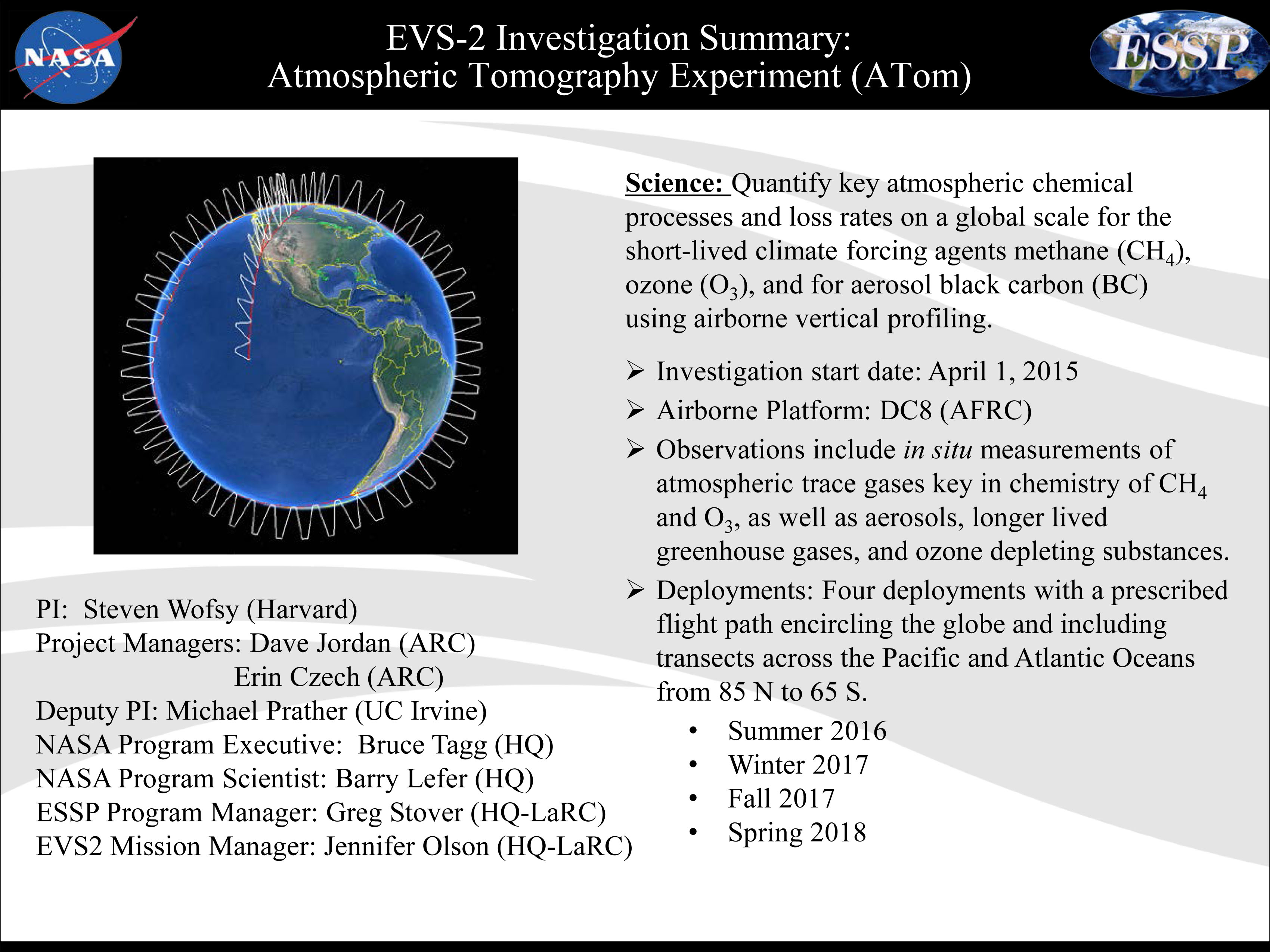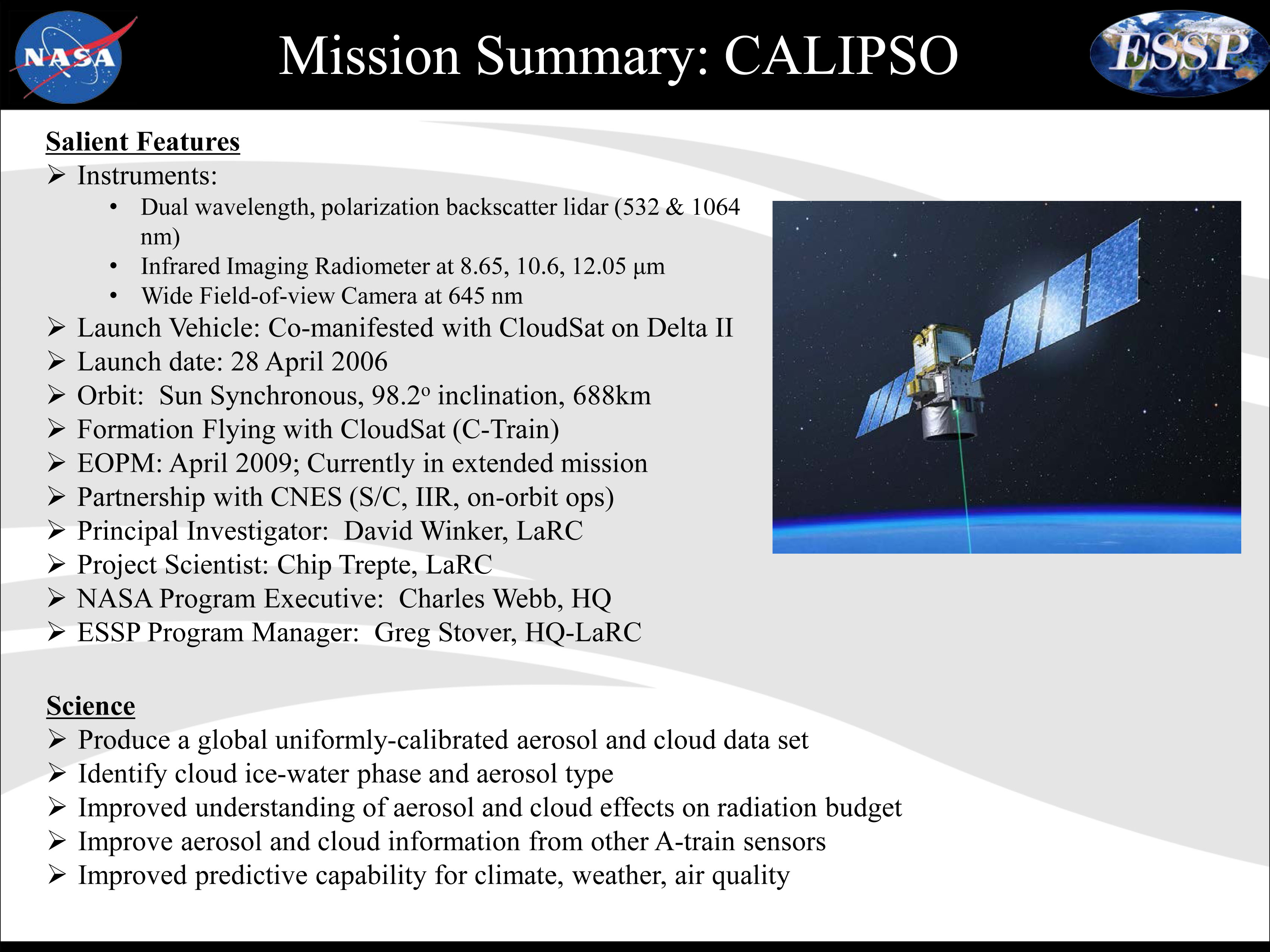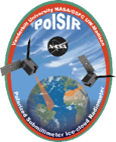 Polarized Submillimeter Ice-cloud Imager (PolSIR)
Polarized Submillimeter Ice-cloud Imager (PolSIR)
https://earth.gsfc.nasa.gov/climate/instruments/polsir
The PolSIR instrument – short for Polarized Submillimeter Ice-cloud Radiometer – will help humanity better understand Earth’s dynamic atmosphere and its impact on climate by studying ice clouds that form at high altitudes throughout tropical and sub-tropical regions.
The representation of ice clouds in Global Climate Models (GCMs) remains a major source of uncertainty in climate predictions. Ice clouds have been identified by the Intergovernmental Panel on Climate Change (IPCC) as one of the biggest unknown in our understanding of the climate system and how it changes.
The goal of PolSIR is to better characterize and understand diurnal variability of tropical and sub-tropical ice clouds on our climate, to provide key observational constraints on ice properties in climate models, and to enable modelers to develop more accurate cloud parameterizations.
PolSIR consists of two, 12U CubeSats equipped with a cross-track scanning polarized submillimeter radiometer in the spectral range of 325–680 GHz; fly in separate, 52-degree inclination, non-sun-synchronous orbits, taking science measurements between ±35 degrees latitude enabling monthly sampling of the diurnal cycle of ice clouds and their microphysical properties.
Two years of concurrent observations, enabling comparison of daily, seasonal, and annual cycles.



